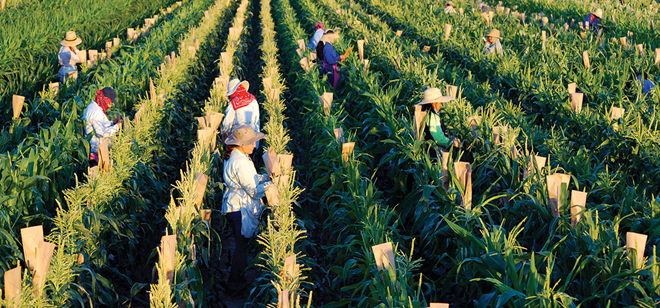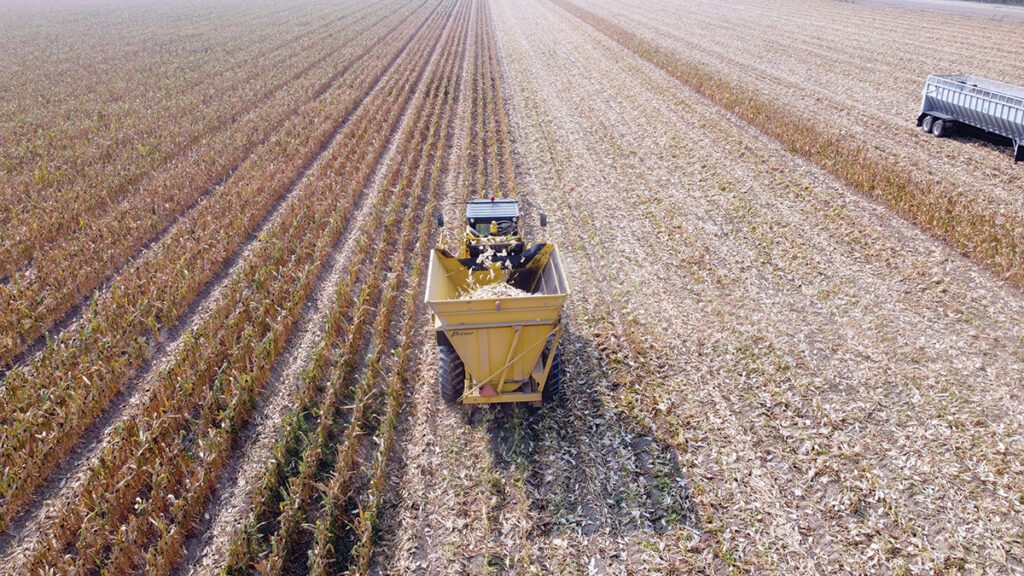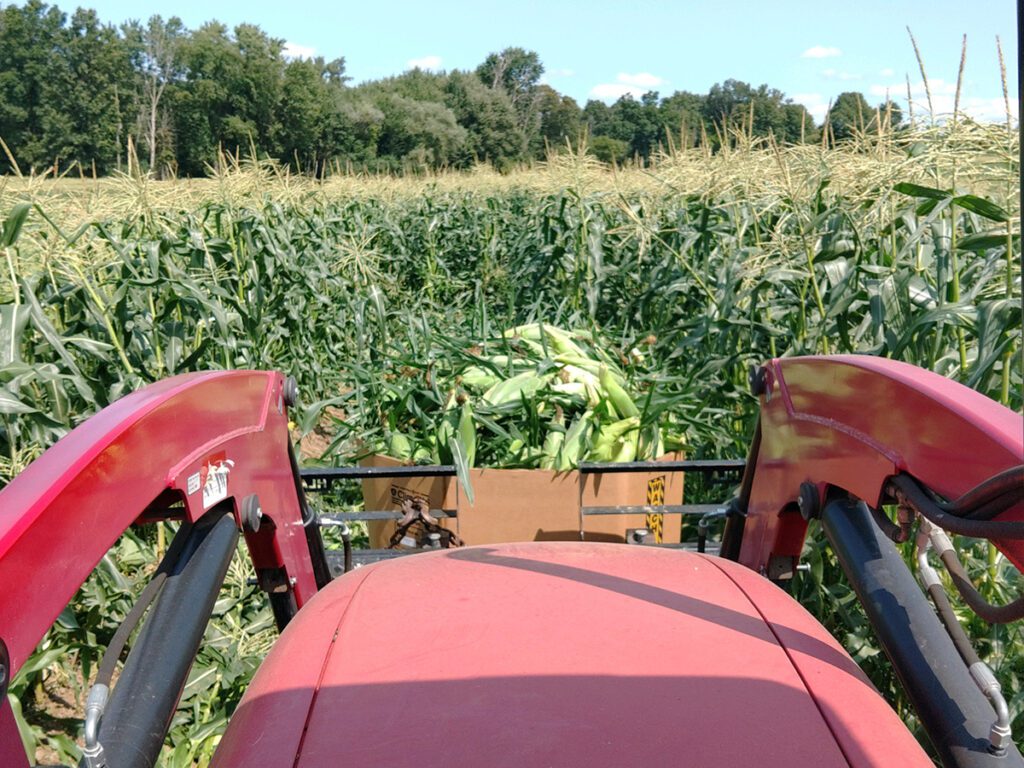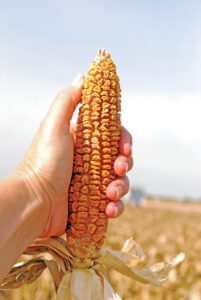

Feb 5, 2024New sweet corn varieties hold flavor, fight pests
Sweet corn growers are seeing improvements in many areas, including sugars, flavor holding, ear placement, stalk height and strength, shelf life and improved picking windows.
Seed catalogs typically feature dozens of sweet corn varieties, often close to 70, and growers routinely ask their seed representatives why they are so numerous.
Attributes sought by growers also include ear size, tenderness, husk color and cover, and yield. The options help growers, from small roadside market operators seeking flavorful varieties, as well as the larger shippers who require size and ear uniformity for tray pack production.


“Sweet corn is as American as apple pie and baseball,” said Jeff Werner, Northeast sales representative for Rupp Seeds and Werner Farms, Rush, New York. “It’s probably the most talked about crop in general with any grower and it gets people to stop on the roadside stands and pick it up in the grocery stores. It’s a very versatile crop.”
Newer varieties
Because maturity can range from 67 to 90 days, growers generally use succession plantings throughout the planting and growing season, providing them opportunities to try many different varieties in one season.
To help growers widen their target markets and planting windows, newer varieties, particularly the sh2i gene for Crookham’s supersweet types, offer stronger emergence and vigor. They possess broader geographic flexibility and environmental adaptation as well as stronger disease resistance and improved harvesting and postharvest storage attributes, said Dustin Batt, lead sweet corn breeder for Crookham Co., Caldwell, Idaho.


The sh2i seed is plump and doesn’t have jagged edges like normal sh2 seed, accounting for an approximately 28% difference in weight from the standard shrunken seed.
“That means improved flowability and plantability for the grower, less skips and fewer doubles,” Batt said. “The sh2i Series also has an advantage over sh2 seed in the level of activity and performance of the seed during germination and more potential for rapid uniform emergence and development of normal seedlings under a wide range of field conditions.”
In addition to improved yields, newer varieties in general require fewer or even zero fungicide applications and can produce greater flexibility in the field, he said. Sweet corn breeding companies continue refining plant characteristics.
Mechanical harvesting
Varieties that don’t grow past the husk are vital for growers because they offer some measure of relief from bird damage, Werner said. Ear height on the stalk is becoming important for mechanical harvesters, delivering labor efficiencies. Each year Werner sees more roadside growers going to mechanical one-row
harvesters for sweet corn.
Varieties bred for mechanical harvesting are becoming more important every year, Batt said. “This makes breeding for hybrids with high eating quality and tender pericarps challenging, but it’s not impossible,” he said. “We have heard positive reviews for all our products being mechanically harvested, including our Nirvana series.”


Sweet corn breeding remains challenging. Though yield is always important, breeders must simultaneously select for many other traits, including plant architecture, row number, shank length and tip fill. It’s difficult to align all those traits in one marketable hybrid.
For heat tolerance, varieties that can withstand warm overnight temperatures (which can produce spotty pollination) are desired, important because climate models predict New York and New England to experience more days with temperatures exceeding 90º F, Werner said.
Varieties with stalks that can withstand moderately high winds during thunderstorms, Derecho events — long-lived and damaging thunderstorms — hurricanes or downbursts of winds that seem more common in New England, Mid-Atlantic and Midwest field corn fields, are also vital, Werner said.
“I see the overall sweet corn market continuing to expand,” Werner said. “People love roadside markets, they’re selling more sweet corn, but the shippers are doing very well also because of the amount of work going into the holding ability on and off the stalk, so that shippers in southern states can ship to northern markets before our corn is ready in the North.”
Cold soil germination
Cold soil germination is important for Northeast growers, and Werner said he continues to see cold soil vigor advancements.
“Cold germination is extremely important, and in my opinion, one of the most important components of the yield equation,” Batt said. “Our sh2i varieties allow us to create very high-quality hybrids with exceptional cold soil germination and vigor.”
More use of technologies including doubled haploids and molecular markers will provide quicker gene introgression of desired characteristics, Batt said.
The future


The future should bring early and main season hybrids in all colors and genotypes. The early season varieties will possess exceptional eating qualities and improved plant types for early maturing genetics, while main season hybrids will have better geographic and market adaptability.
Very late season hybrids will include exceptional disease packages and be more adapted to more stressful growing conditions, Batt said. Crookham Co, plans to continue breeding efforts in all genotypes for all markets.
“The pipeline is full,” Batt said. “In general, I believe that we haven’t even come close to maximizing yield in the field while at the same time providing consumer-oriented traits like flavor and nutritional components. It’s hard to hold back my excitement sometimes given the nature of our genetic stock and the new materials we have coming.”
— Doug Ohlemeier
Top photo: Today’s sweet corn varieties help growers deal with many challenges, including ear size, tenderness, husk color and cover and yield. Photo courtesy of Crookham Co.














